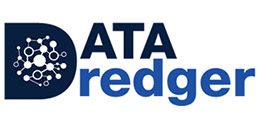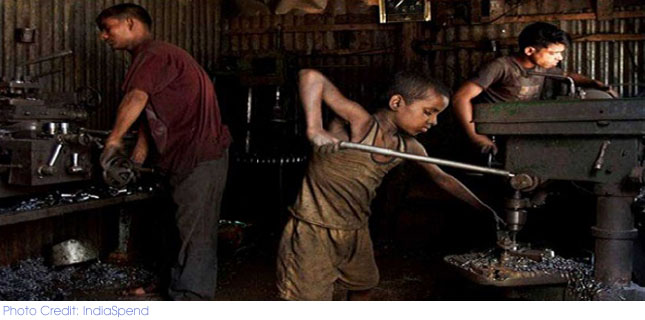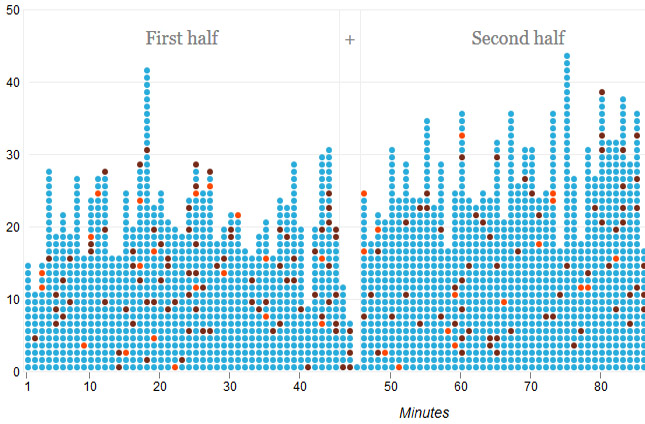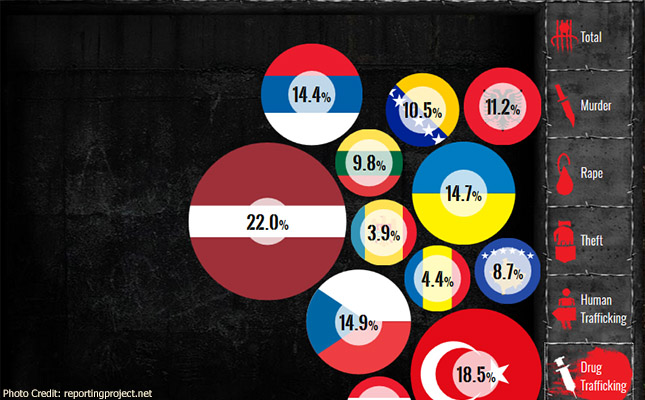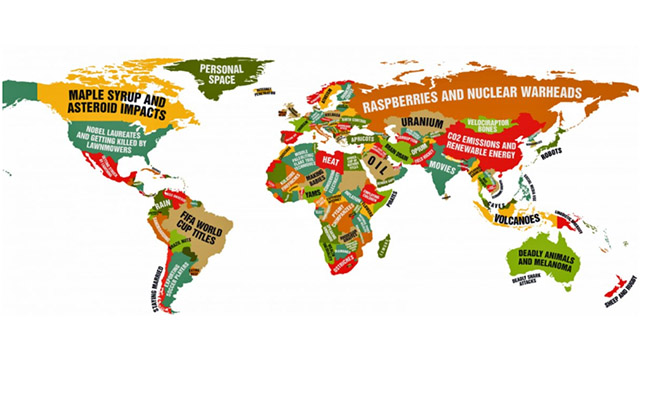The data-driven investigation revisits several child labor data sets that address different aspects of the issue: the scope of the problem, the funds dedicated to eradicating it and their impact in order to provide a complete overview of the evolution of child labor in India.
The studies together answer fundamental questions:
- Where child labor is highest and lowest
- Where child labor is most and least improved over a decade
- Where funds have gone to solve the problem
- Where those states have resulted in the largest decrease in child labor and increased arrests of violators of child labor laws.
The investigation also explores related issues including the sectors most reliant on child labor, the gender and urban/rural breakdown and explains, "child labor is a vicious circle of poverty, unemployment, underemployment and low wages."
A recent study conducted by the National Crime Research Centre in Kenya examines the evolution of criminal gang activity in Kenya and is worthy of a similar investigation. Coverage by Capital FM and The Standard identify similar trends that could be explored in a data-driven study of organized crime.
Topics to explore include:
- Where gang activity is highest and lowest
- How organized crime groups finance themselves
- Education and poverty levels of gang members
- Where funds have gone to reduce organized crime
- Where organized crime activity has increased or decreased the most since the last study
If you are interested in exploring issues of child labor or organized crime in Kenya, please contact us at datadredger@internews.org

